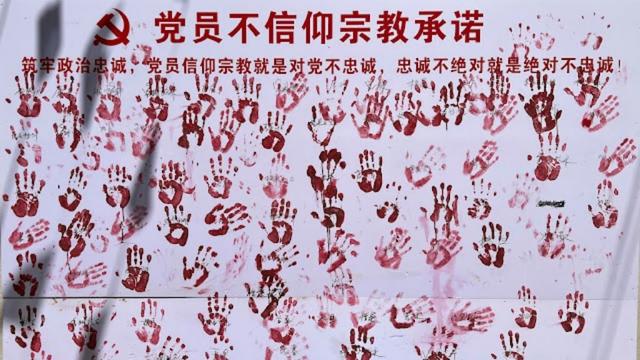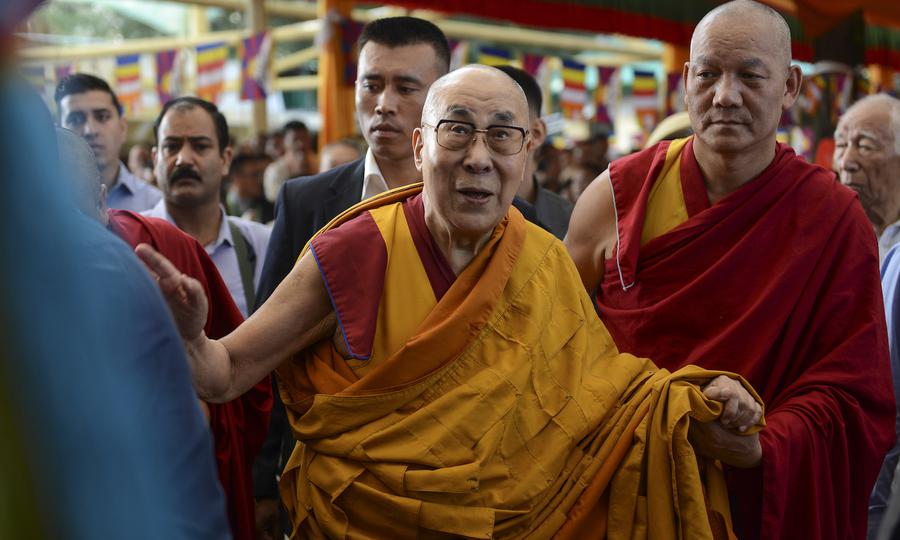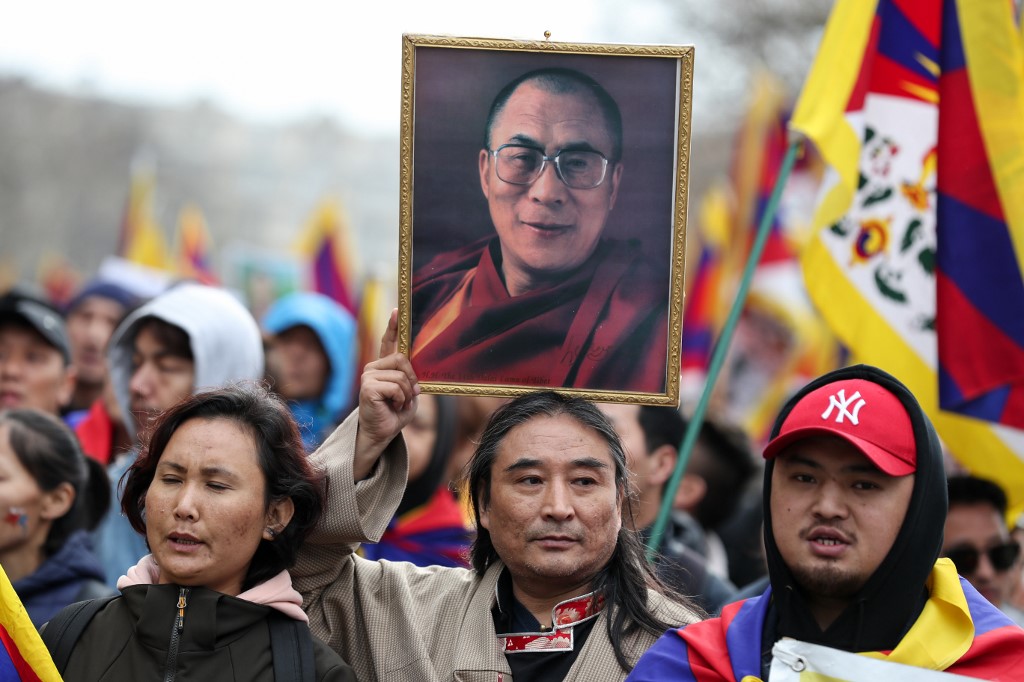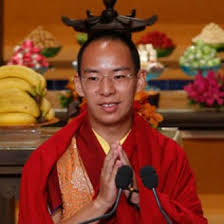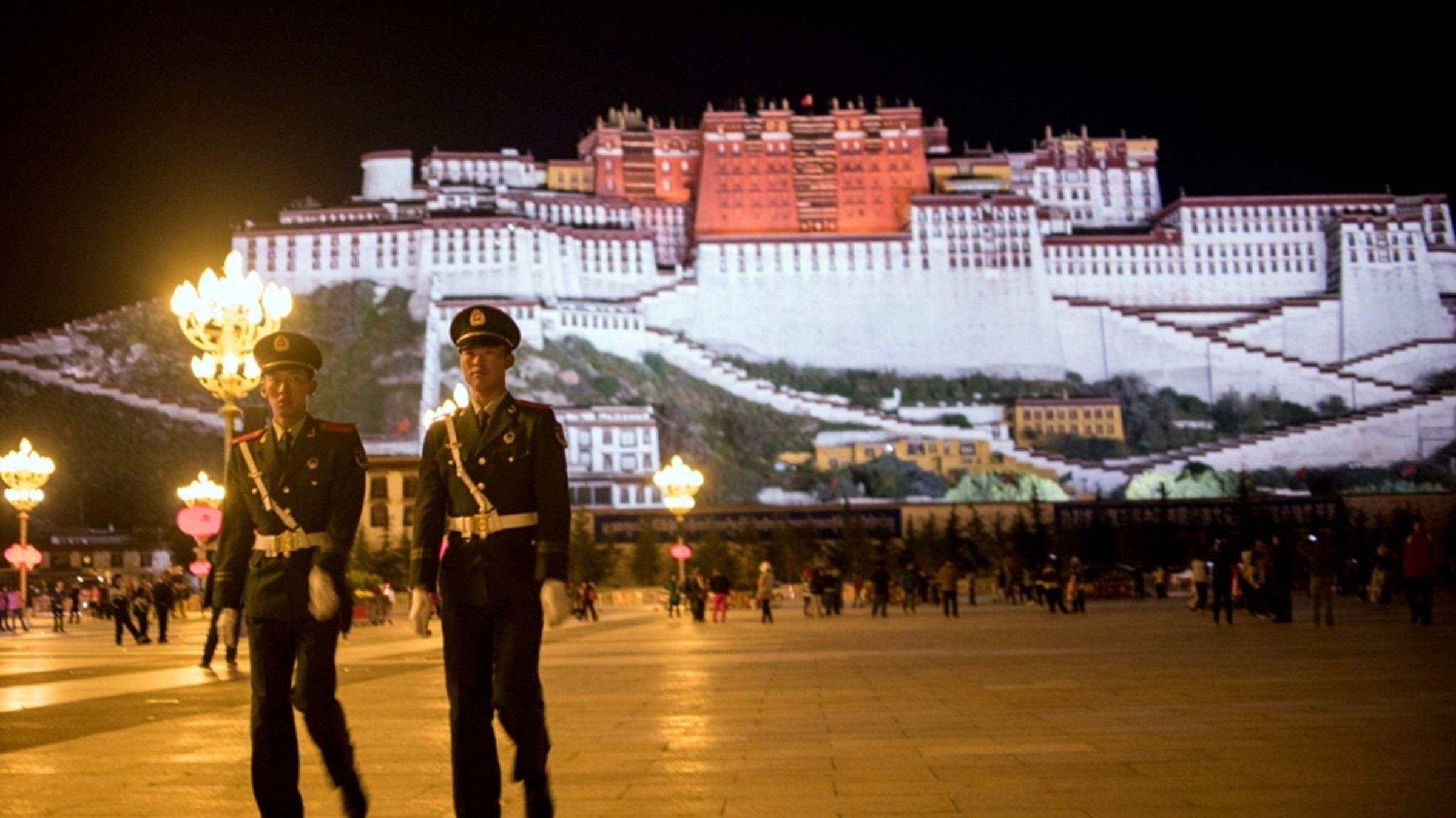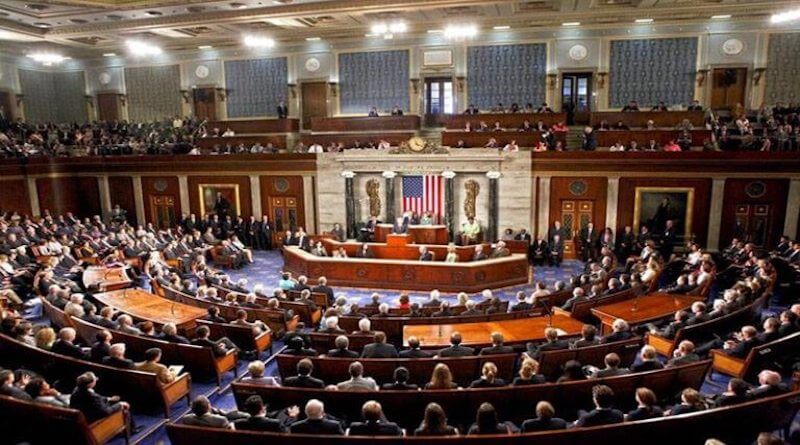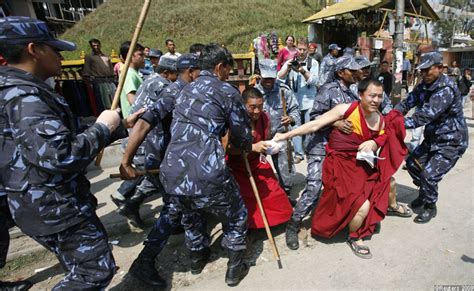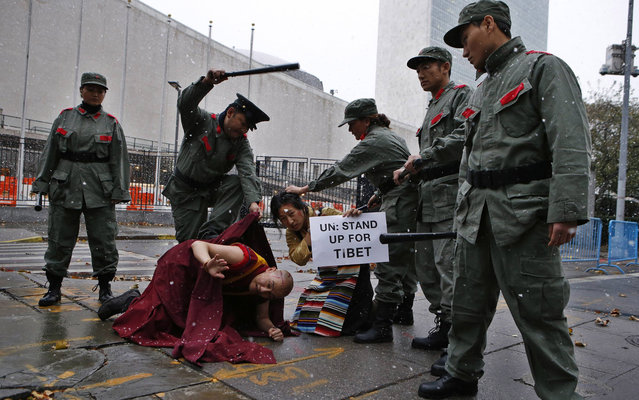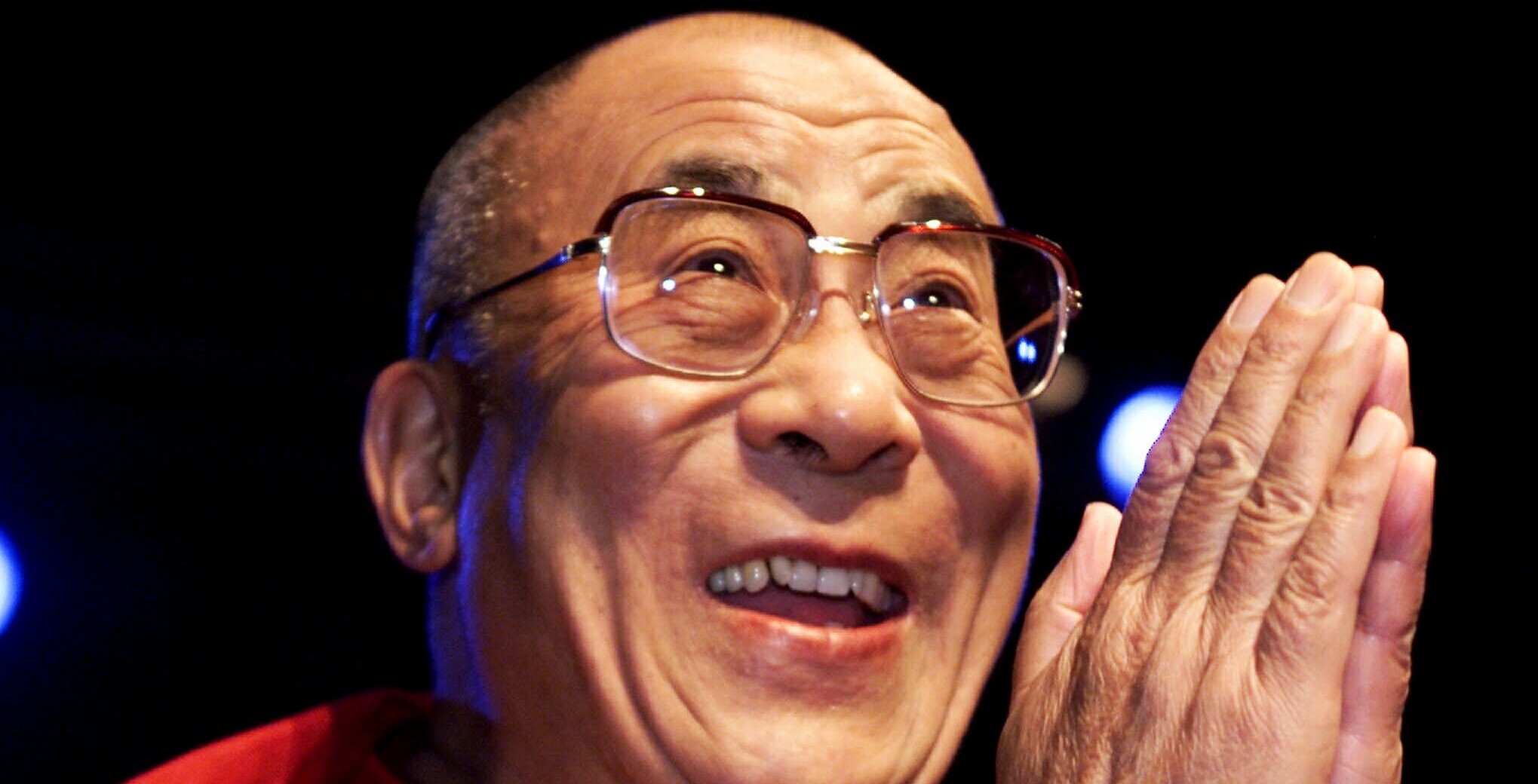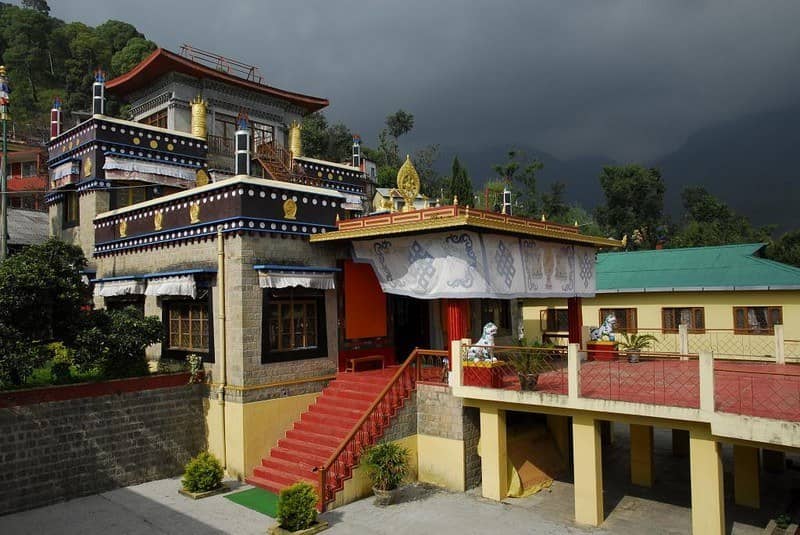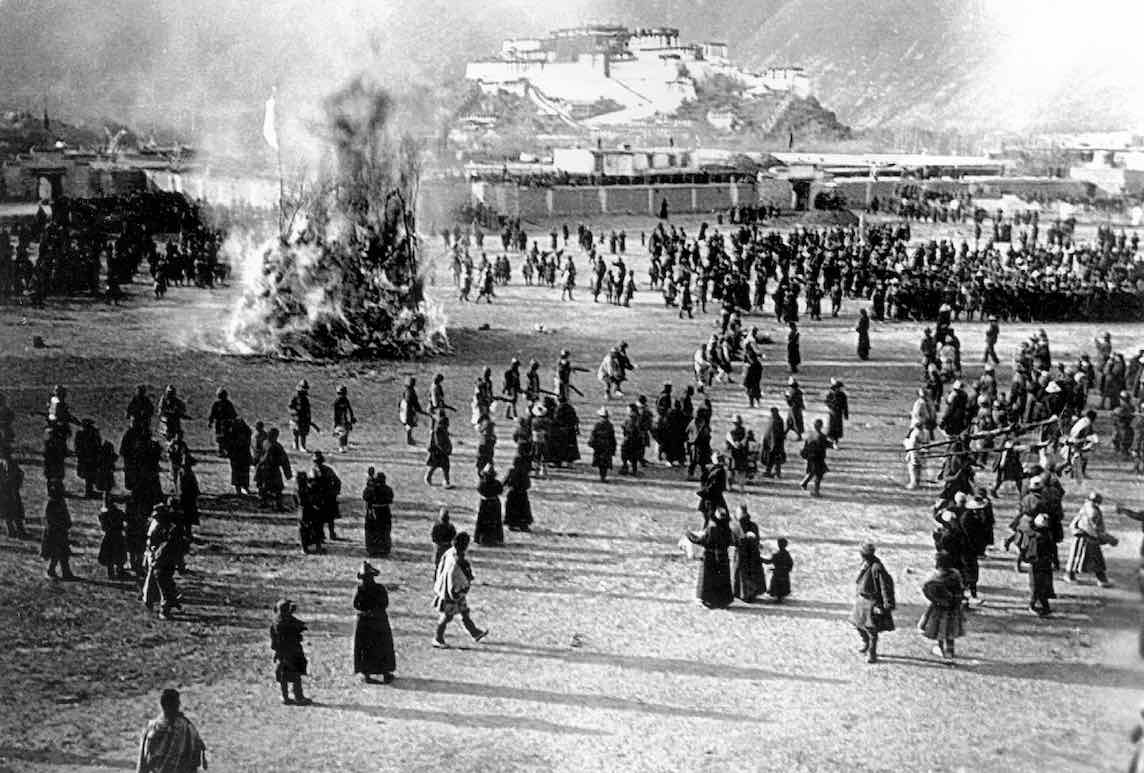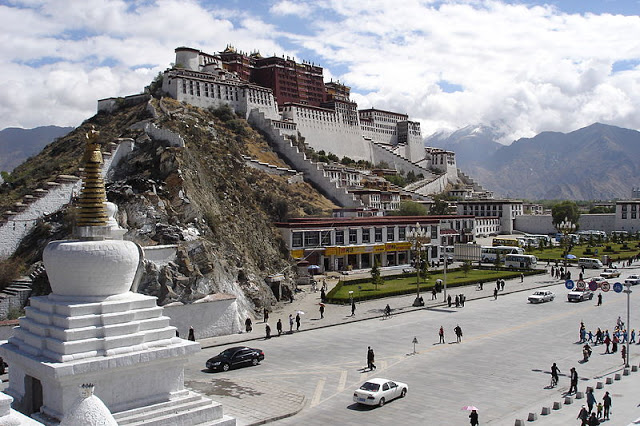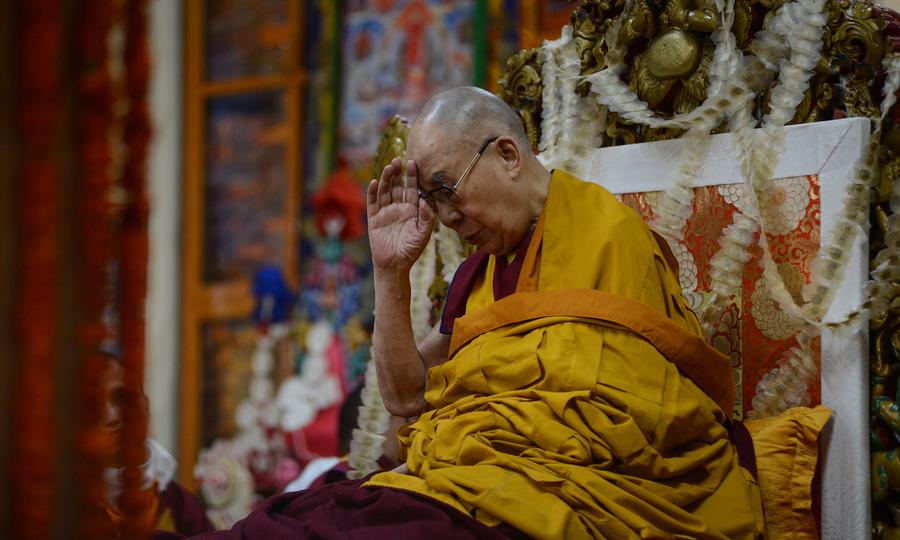
Tibetan spiritual leader the Dalai Lama prays during a long-life prayer offering dedicated to him at Tsuglagkhang Temple in McLeod Ganj, India, on September 13, 2019. Photo: AFP/Lobsang Wangyal
In a surprise spiritual “reversal” the Dalai Lama said his Tibetan Buddhist tradition of reincarnated dalai lamas “should end now” because the hierarchy created “a feudal system,” a description echoing decades of communist China’s “condemnation.”
The Dalai Lama’s public statement comes amid attempts by Beijing to “control” who can be legally recognized as a “reincarnated” lama in Tibet and what “laws” they must obey.
“Institutions need to be owned by the people, not by an individual,” the self-exiled 14th Dalai Lama said in a speech at his residence in McLeod Ganj, a small town on the outskirts of Dharamsala, India.
“Like my own institution, the Dalai Lama’s office, I feel it is linked to a feudal system. In 1969, in one of my official statements, I had mentioned that it should continue…but now I feel, not necessarily. It should go. I feel it should not be concentrated in a few people only. The tradition should end now, as reincarnation has some connection with the feudal system. There have been cases of individual lamas who use reincarnation for personal gains but never pay attention to study and wisdom,” he told college students from Bhutan and India on October 25.

Dalai Lama (Tenzin Gyatso, born in 1935), the traditional religious and temporal head of Tibet’s Buddhist clergy, seats under a canopy in 1959 in his residence of Birla House in the mountain resort of Mussoori, India after fleeing into exile in a 1959 file photo. Photo: AFP
In March 1959, there was an unsuccessful armed uprising by Tibetans against Chinese rule. As a result, the Dalai Lama, fled with some 100,000 supporters to northern India, where a government-in-exile was established. The Chinese ended the the former dominance of the lamas (Buddhist monks) and destroyed many monasteries.
Tibet (Xizang), occupied in 1950 by Chinese Communist forces, became an “Autonomous Region” of China in September 1965, but the majority of Tibetans have continued to regard the Dalai Lama as their “god-king” and to resent the Chinese presence, leading to intermittent unrest.
The Dalai Lama, however, did not express doubt about the “concept” of reincarnation. Buddhism claims all people are reincarnated even if they are not Buddhists.
Meanwhile, US Ambassador for Religious Freedom Samuel Brownback and his delegation met the Dalai Lama in McLeod Ganj.
“The US government supports the Dalai Lama and supports for the succession of the Dalai Lama to be done by the Tibetan Buddhist leadership. The role of picking a successor to the Dalai Lama belongs to the Tibetan Buddhist system, the Dalai Lama, and other Tibetan leaders. It does not belong to anybody else, not any government or any entity,” Brownback said, criticizing China’s interference in the procedure.
Beijing swiftly responded to the US ambassador’s remarks and visit.
“We strongly urge the US side to stop any form of contact with the Dalai clique, stop making irresponsible remarks, stop using Tibet-related issues to interfere in China’s internal affairs, and do more to advance China-US mutual trust and cooperation,” China’s foreign ministry spokesperson Geng Shuang told reporters.
China eyes warily “exiled” Tibetan populations, including large groups in neighboring India and Nepal, numbering over 150,000 and 20,000 respectively.
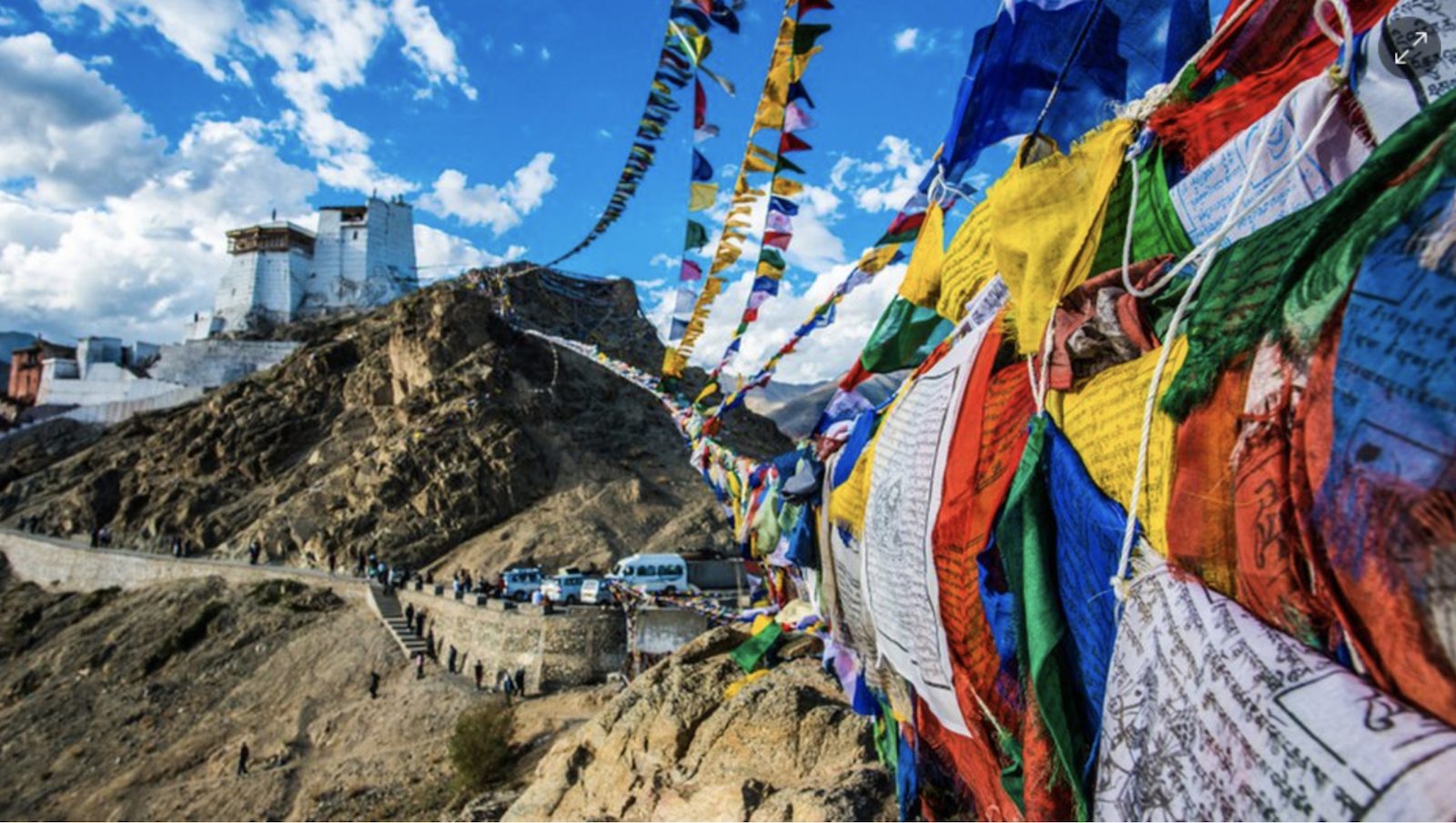
Tibetan prayer flags blow in the wind in India in a file photo. Photo: Twitter
During a visit to the Nepalese capital Kathmandu, Chinese President Xi Jinping issued an ominous warning, saying “Anyone attempting to split China in any part of the country will end in crushed bodies and shattered bones.”
According to Indian and Nepalese media reports, Xi sought to sign an “extradition treaty” that aimed to deport all Tibetan “refugees” in Nepal back to China. Kathmandu, however, declined to sign.
The current 14th Dalai Lama “fled” his majestic Potala Palace in Lhasa, Tibet in 1959 along with 80,000 Tibetan refugees to “escape” invading communist Chinese troops. They secured sanctuary in India’s Himalayas.
Since the 1950s, China has repeatedly said “Tibetan Buddhism” and the institutional power of “Dalai lamas” and other senior clergy was one of the main reasons Tibetans lived in “feudal” poverty, often treated as “serfs” by Tibetan officials, nobles and lamas.
Tibetan historians said the centuries-old system of “reincarnated” Dalai lamas, Panchen lamas and other clergy contributed to “repression” in Tibet, but Tibetans should have been allowed to “fix their homeland” instead of submitting to anti-Buddhist Chinese.
“For centuries, Tibet was ruled by feudal serfdom under theocracy,” China’s State Council Information Office reiterated in March.
“Millions of serfs were subjected to cruel exploitation and oppression until China’s democratic reform in 1959,” it said in a report entitled “Democratic Reform in Tibet, 60 Years On.”
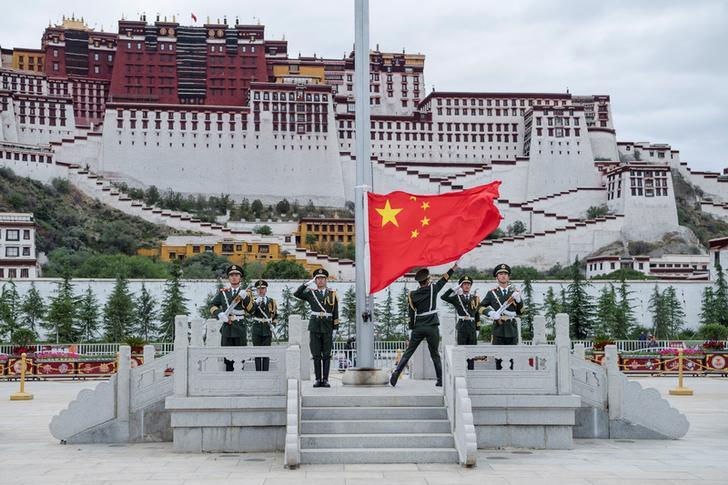
Chinese paramilitary police raise a Chinese flag in front of the Potala Palace, once the residence of the Dalai Lama, in the Tibetan capital Lhasa. Photo: China News Service
“Even as they were aware that feudal serfdom under theocracy was coming to an end, the 14th Dalai Lama and the reactionaries in Tibet’s upper class had no wish to conduct reform. Instead, they tried to maintain the system for fear that reform would deprive them of their political and religious privileges, together with their huge economic benefits,” the report said, according to Beijing’s official Xinhua news agency.
Also beginning in the 1950s, the US Central Intelligence Agency (CIA) trained and financed Tibetan guerrillas to conduct scattered “assaults” against China’s powerful People’s Liberation Army.
The CIA secretly “trained” ethnic Khampas and other Tibetans in Colorado state’s Rocky Mountains before giving them “supplies and parachuting” them into Tibet.
The CIA manipulated that small, bloody “insurgency” until 1972 when President Richard Nixon “abruptly” ended US armed support and traveled to Beijing to improve ties with Chinese Chairman Mao Zedong.
China’s communists “destroyed” most of Tibet’s monasteries and shrines during the 1960s and 70s. Thousands of Tibetans reportedly “perished” from persecution, economic disruption and other policies.
The Dalai Lama repeatedly said he is a “Marxist” and would accept autonomy for Tibet under China’s domination. But Beijing suspects he is a “splittist” conspiring to achieve independence.

Tibetan spiritual leader the Dalai Lama, center, arrives for a long-life prayer offering dedicated to him at Tsuglagkhang Temple in McLeod Ganj on Sept 13, 2019. Photo: Lobsang Wangyal / AFP
Buddhism arrived in Tibet from India during the seventh century. “Dalai Lama” is a Mongolian title meaning “Ocean of Wisdom.” Followers also refer to him as, “His Holiness” or “Wish-Fulfilling Gem.”
Dalai lamas and others senior lamas are “revered” even though they have not achieved the spiritual “enlightenment and nirvana” of a Buddha.
Instead they are described as incarnations of “Avalokitesvara the Bodhisattva of Compassion”, who delays achieving nirvana to altruistically help others.
The first Dalai lama was born in 1390. Tibetan Buddhists believe this same person has been reincarnated 14 times.
The current Dalai Lama was born on July 6, 1935 shortly after the 13th died. Two years later, a delegation of high lamas searched Tibet for the Dalai Lama’s reincarnation and conducted traditional tests with several children born amid “prophetic signs.”
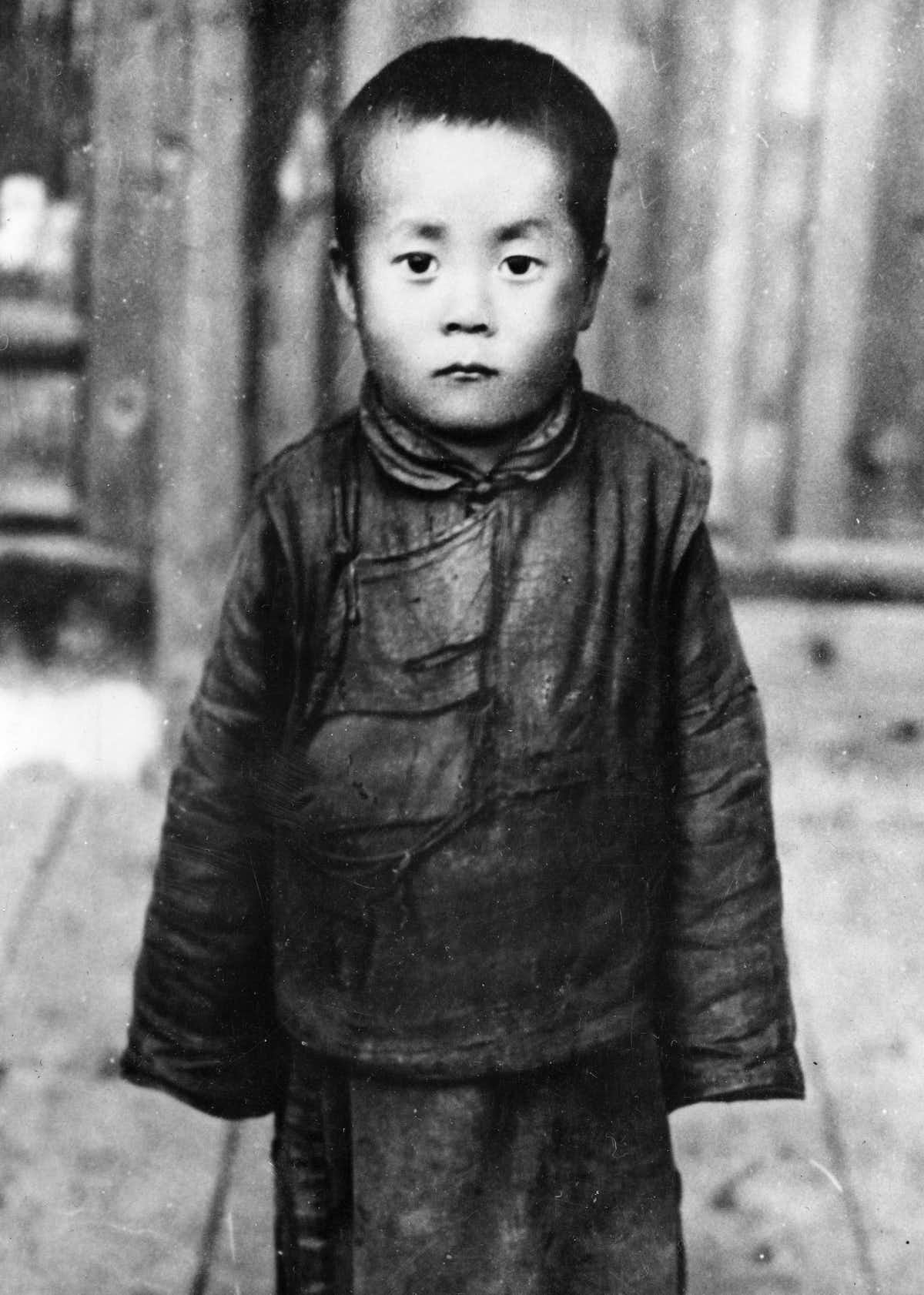
An undated photo of the future Dalai Lama of Tibetan Buddhism, born Lhamo Dhondrub on July 6, 1935. AP Photo
Clergymen selected an infant named “Lhamo Dhondrup.” He was picked out, from among various items, things which belonged to the 13th Dalai Lama and performed other feats which they interpreted as evidence of reincarnation.
Today, the 84-year-old Dalai Lama appears “jovial and spontaneous”, frequently traveling abroad.
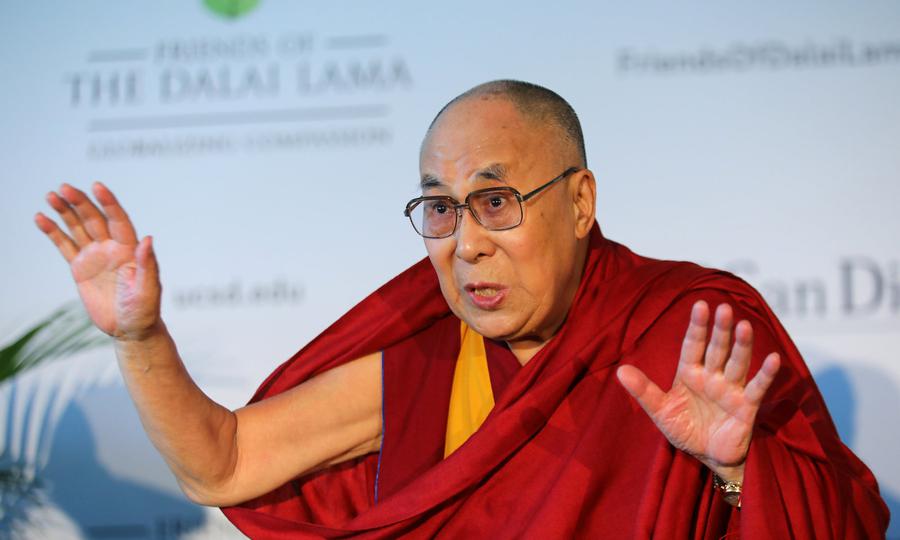
The Dalai Lama speaks at a news conference prior to a speech to thousands at the UC San Diego campus in California, in June 2017. Photo: Reuters/ Mike Blake
The fight to select the next Dalai Lama

